Description
Summer unit for solitary bees and solitary wasps
When thinking about bees and wasps, most people think about social insects living in colonies such as honey bees and wasps. But most species are actually solitary. And they can both live in harmony in the same nest box! I wanted to widen the diversity of species using the observation nest box, including summer bees, smaller bees, and even harmless solitary wasps. After several years of trying out various designs, I am pleased to say I have achieved this. The new summer units have proved extremely successful having greatly increased the number of solitary bee species and harmless solitary wasps using the same nest box at the same time. How cool is that? I was and still am so excited!
Solitary bees and solitary wasps in the same nest box?
I will repeat the above sentence. Yes! In the same nest box! Besides being pollinators solitary wasps are fascinating to watch as they store the cavities with paralysed prey items, many of which may be garden pests. The prey items are used by the wasp larvae as provisions. This will open up a whole new world of education and fascination for you and your children, as it did for me. You can observe them sleeping, resting, ovipositing, nest-making, and using different nesting materials and techniques. The species list is increasing and could include:
Which solitary bee is it?
What’s that bee in your new summer unit? It would be handy to learn about the increase in bee species and possibly their identification. To point you in the right bee identification direction I can 100% recommend Steven Falk’s Field Guide to Bees of Great Britain and Ireland. I do not receive any remuneration from this recommendation
15 species of solitary bees have used the nest box:
1 Megachile centuncularis, Patchwork leafcutter bee;
2 Megachile willughbiella, Willughby’s leafcutter bee (with oven gloves!);
3 Osmia leaiana, Orange-vented mason bee;
4 Osmia caerulescens, Blue mason bee;
5 Anthidium manicatum, Wool carder bee;
6 New! Heriades truncorum, Large-headed mason bee; at Kew by KH
7 Coelioxys sharp-tailed cuckoo bees.
8 New! Hyleaus communis Yellow-faced bee making her nest
9 New! Megachile versicolor, Brown-footed leafcutter bee
10 Osmia bicornis, Red Mason bee (latecomers will use it)
11 New! Hylaeus signatus male at Kew by KH
12 New! Hairy-footed flower bee female resting
13 NEW! Megachile ligniseca. Wood carving solitary bee
14. NEW! Anthophora quadrimaculata male at Kew by KH
15 Halictus rubicundus – Orange-legged Furrow Bee at Kew by KH
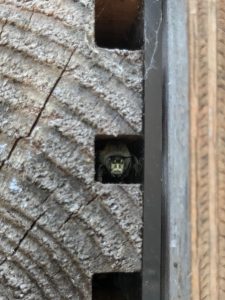
Anthophora quadrimaculata male using a Nurturing Nature nest box by Hauke Koch
I can’t wait to add Osmia cornunta to the list, a recent arrival here.
Solitary wasps using the Nurturing Nature nest box:
The vast majority of wasps are harmless to humans and are predators of many garden pests. Many will use the nest box for various reasons such as nesting, resting, or parasitising, given the chance!
Sapyga quinquepunctata, a cleptoparasite of solitary bees;
Symmorphus bifasciatus, a predator of certain beetle larvae;
Ephialtes manifestator, an Ichneumon wasp;
Gasteruption jaculator, an Ichneumon wasp;
Isodontia mexicana, Grass carrying wasp, a recent migrant to the UK;
Passaloecus and Crossocerus species, predators of aphids;
Chrysidid species, Jewel or ruby tailed wasps with a very informative article and video
Ectemnius solitary wasp a fly predator
Ancisrocerus gazella, a caterpillar predator
A possible candidate would be the spider-hunting Club Headed Wood Borer Wasp, Trypoxylon clavicerum
I am not a solitary wasp ‘expert’, I leave that to those who study them so these identifications may not be right!
All of the products which I designed are shown for reference and educational purposes only. I do not sell or stock them anymore.

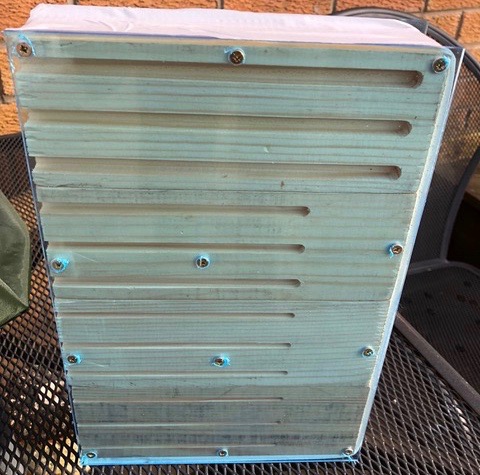
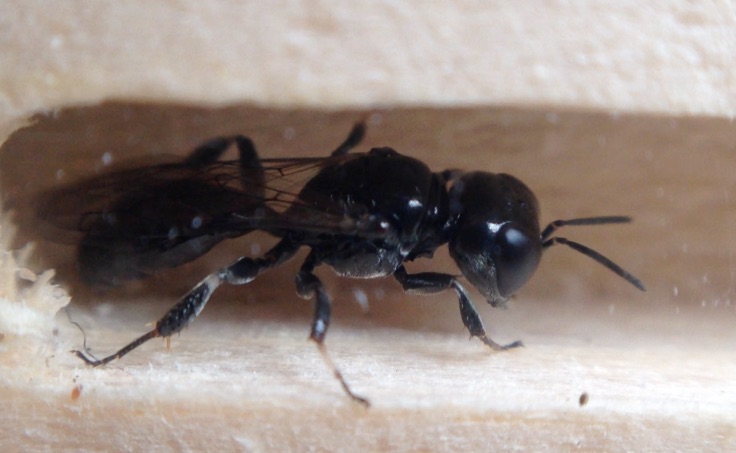

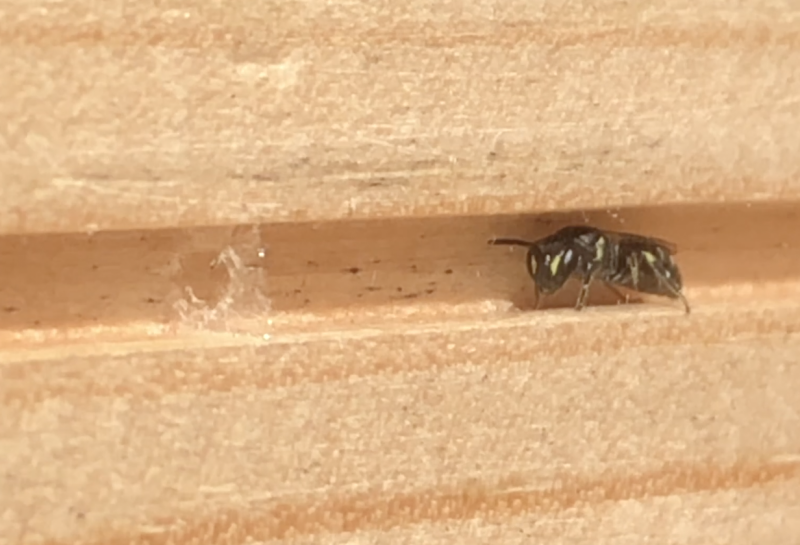
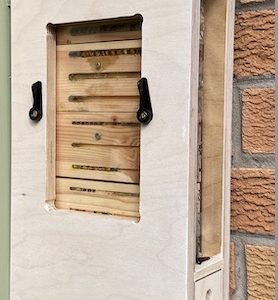
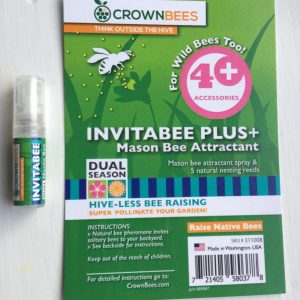
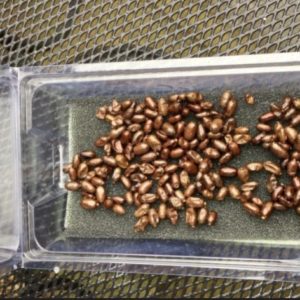
Reviews
There are no reviews yet.